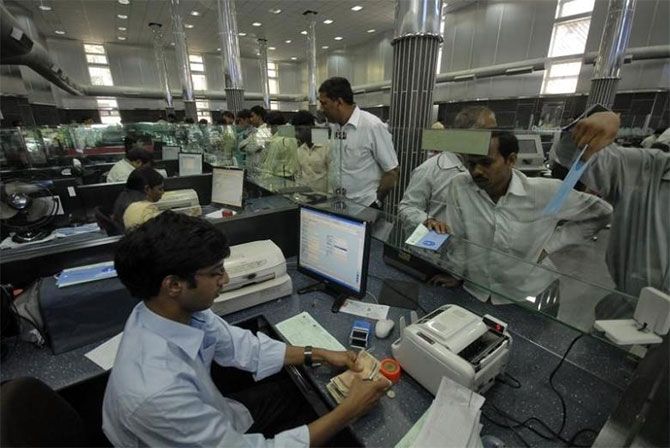The time-bound nature of the bankruptcy code, envisaging resolution within 180 to 270 days, would put enormous pressure on the existing judicial infrastructure.

Even as the central bank has identified 12 large accounts for bankruptcy proceedings and directed lenders to work on a resolution process for 500 more, bankers say the system is not ready for effective resolution.
Bankers are bracing for hitches at the National Company Law Tribunal (NCLT) as the process evolves under the new system.
For example, there are not enough insolvency professionals and, no information utility company which houses all the credit data of borrowing firms and can be used in a bankruptcy proceeding.
The 12 cases handled by the central bank would be expedited, but some gaps need to be plugged by the government and the central bank for an effective environment.
This is important when the bankruptcy code is sought to be made a natural tool for banks. According to bankers, it will take another two to two-and-a-half years for the ecosystem to come up and till then, banks cannot really do much invoking bankruptcy code.
The time-bound nature of the bankruptcy code, envisaging resolution within 180 to 270 days, would put enormous pressure on the existing judicial infrastructure. The legal system and NCLT are new to this game.
“Expect unintended twists and setbacks as cases come up before the tribunal,” said a recovery head at a Mumbai-based public sector bank.
Experience with the Debt Recovery Tribunals (DRTs), which were to give verdicts within time limits, has been disappointing. While there are DRTs, and five appellate tribunals, judges in these tribunals are in short supply.
Delays are common, for a variety of reasons - inadequate staff, infrastructure and frequent adjournments. DRTs have a huge backlog, said a senior banker.
And, with ownership of huge assets at stake, promoters and owners are not going to give up control so easily.
Bankers expect a legal battle ahead in big-ticket cases. Rating agency Icra said a key imponderable is the extent to which these decisions could be challenged in the courts.
Bankers are also concerned about the burden of additional provision at a time when growth in their income is weak and credit costs for aging bad loans are already high. Banks need more time to absorb the higher provisioning.
Lenders have already made a demand to the Reserve Bank of India for spreading the provisions over a few quarters.
Analysts estimate additional provisioning in excess of Rs 15,000 crore for the 12 big accounts in question.
These have a fourth of the share in gross bad debt, the latter estimated at Rs 7.11 lakh crore.
It means the 12 accounts would be responsible for about Rs 1.8 lakh crore of these.
Assuming these accounts were non-performing assets (NPAs) at the end of March 2016, the broad provisioning might be in the region of 35-40 per cent. Another 10-15 per cent of exposure would have to be set aside by banks as provision.
Banks have been given six months to come up with a resolution process for their other NPAs. The central bank has indicated that it might change the provisioning norms for cases referred to the insolvency tribunal, said brokerage firm Edelweiss Securities.
Photograph: Krishnendu Halder/Reuters











